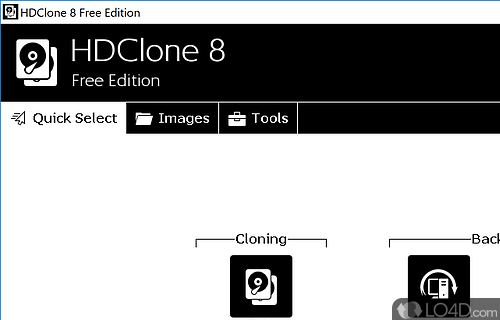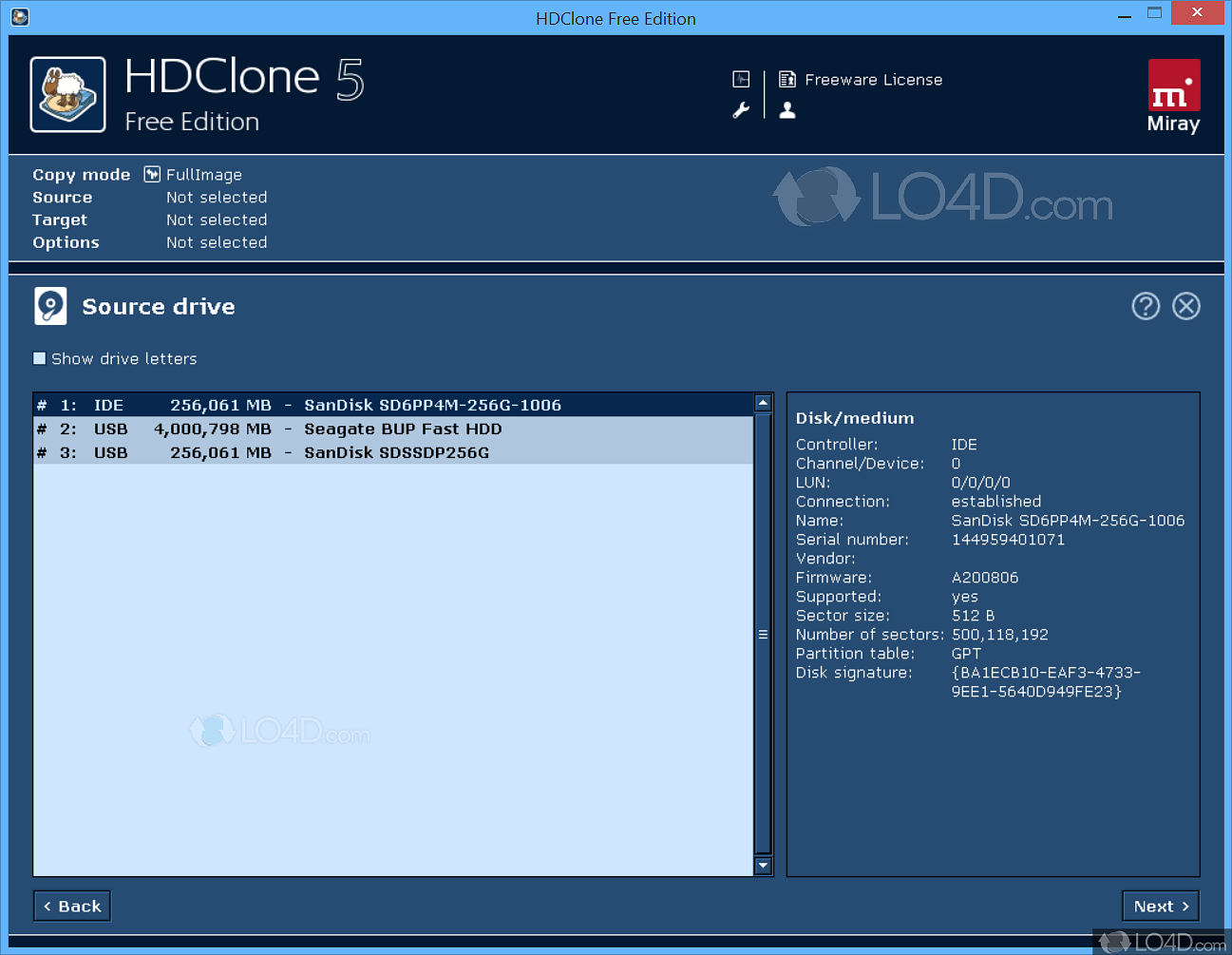

Disk Cloning: Uncompressed ReplicationĬloning creates an exact, uncompressed replica of your entire drive or specific partitions of your drive. And disk images can take up a lot of backup storage space. Disk images also require that you open and install them on a new or existing drive using imaging software to restore and access your data-a time-consuming process. While full images include everything on your source drive, differential images incrementally capture the data that has changed since the last full image was created, so only the latest changes are stored.īecause differential images don’t include all your drive data, they can’t be used to restore your drive. Image files are broken down into two types: full and differential. But they can be a lifesaver because you can granularly restore your data from them. These compressed files are still huge, so they are often saved to external drives or the cloud. zip file although typically saved as an ISO file-and storing it on another drive.

So, how do they differ? Disk Imaging: Larger Files, Slower Restoresĭisk imaging is the process of creating a byte-by-byte archive of a hard drive, producing a compressed file of your drive-much like a. That includes all the data, files, software, master boot record, allocation table, and everything else you need to boot and run your operating system. Disk Imaging and Disk Cloning Definedĭisk imaging and disk cloning are often confused because both produce the same result-creating an exact record of your drive. So, let’s look at the features and benefits of these technologies. IT pros have used both for years, but some companies are entirely replacing cloning with imaging today. But you should understand the benefits and downsides of both technologies before choosing which to use and where it fits in with your IT infrastructure. Disk imaging and disk cloning both still have a place in today’s workflow.


 0 kommentar(er)
0 kommentar(er)
